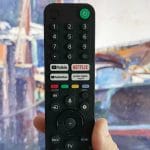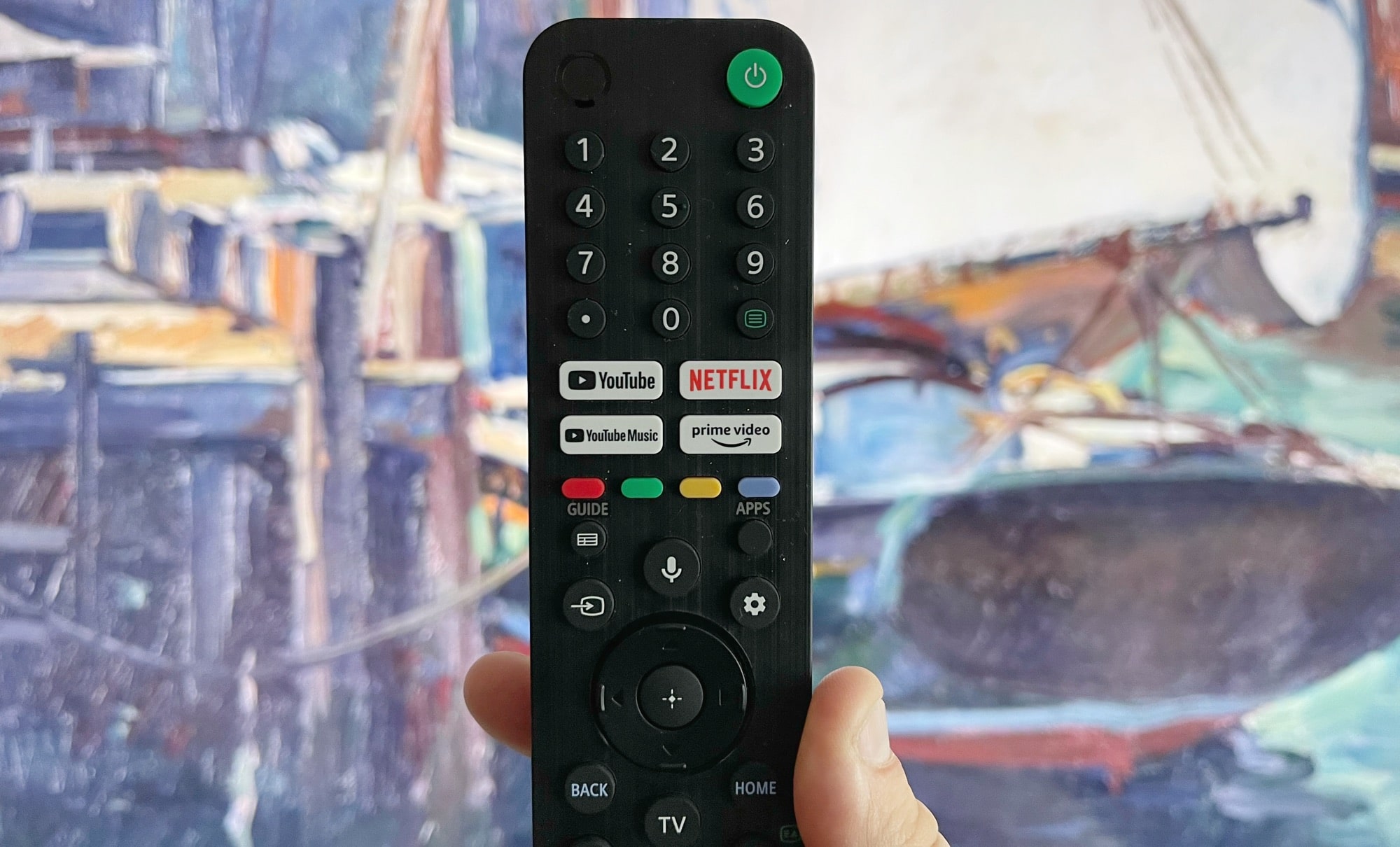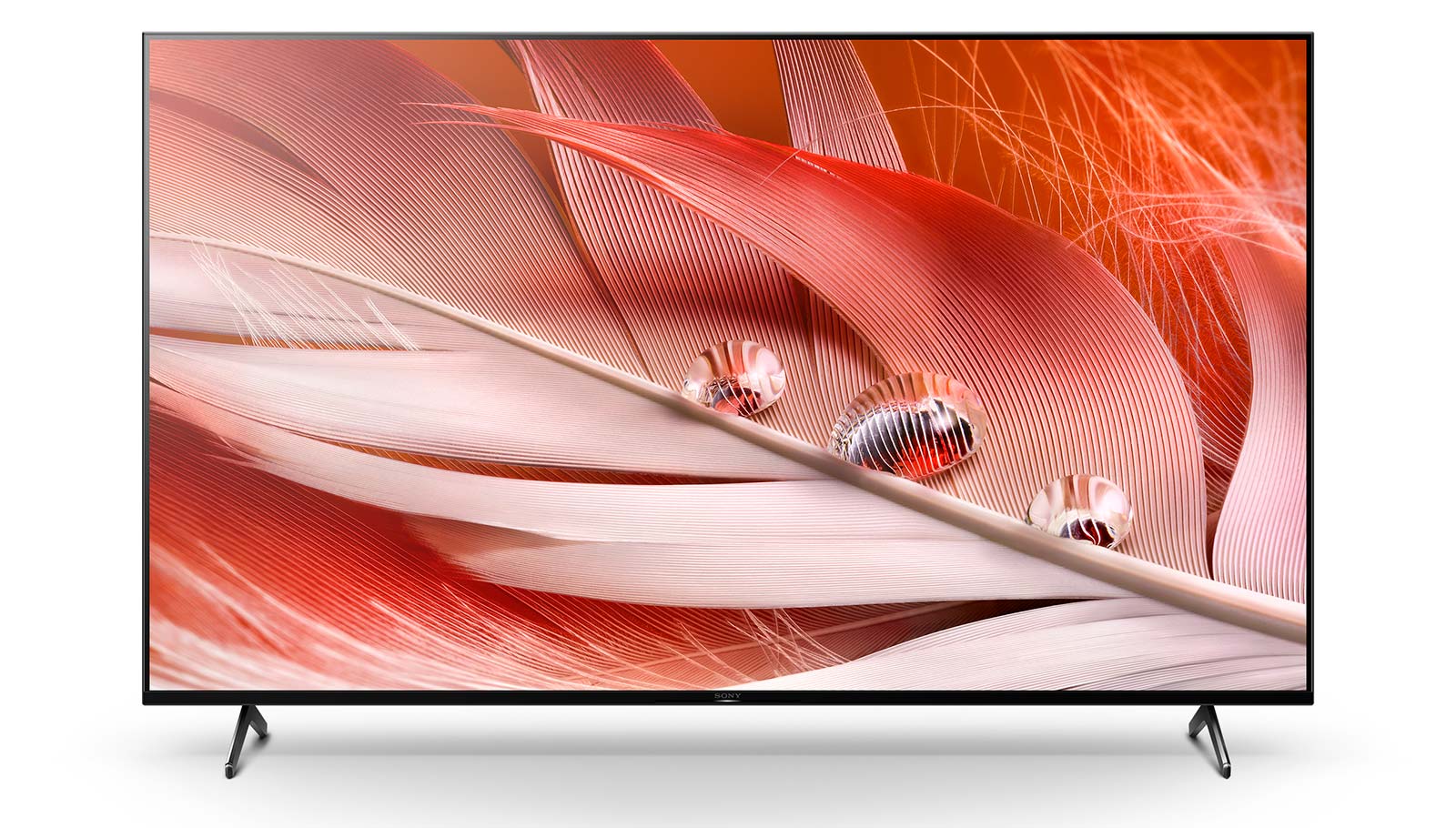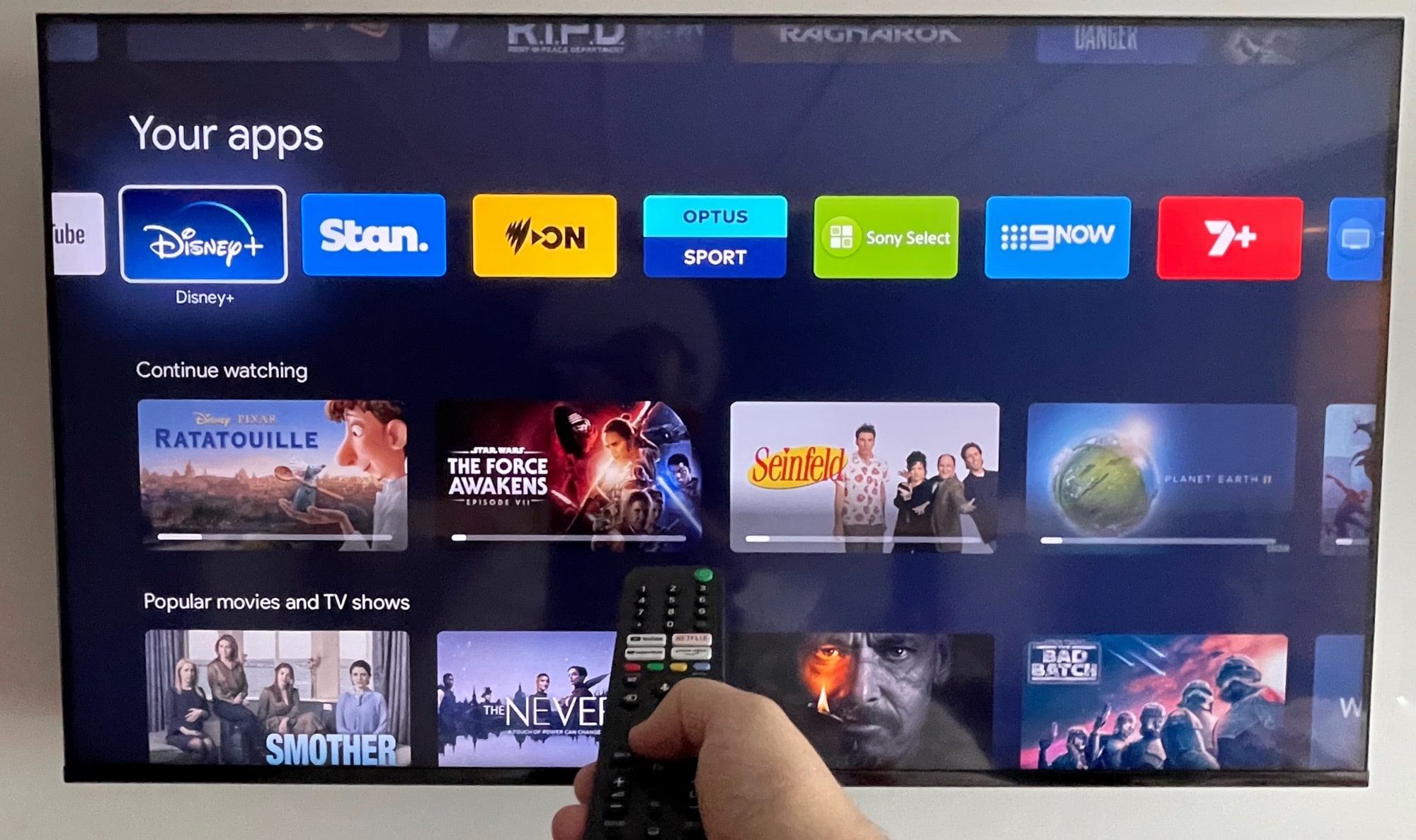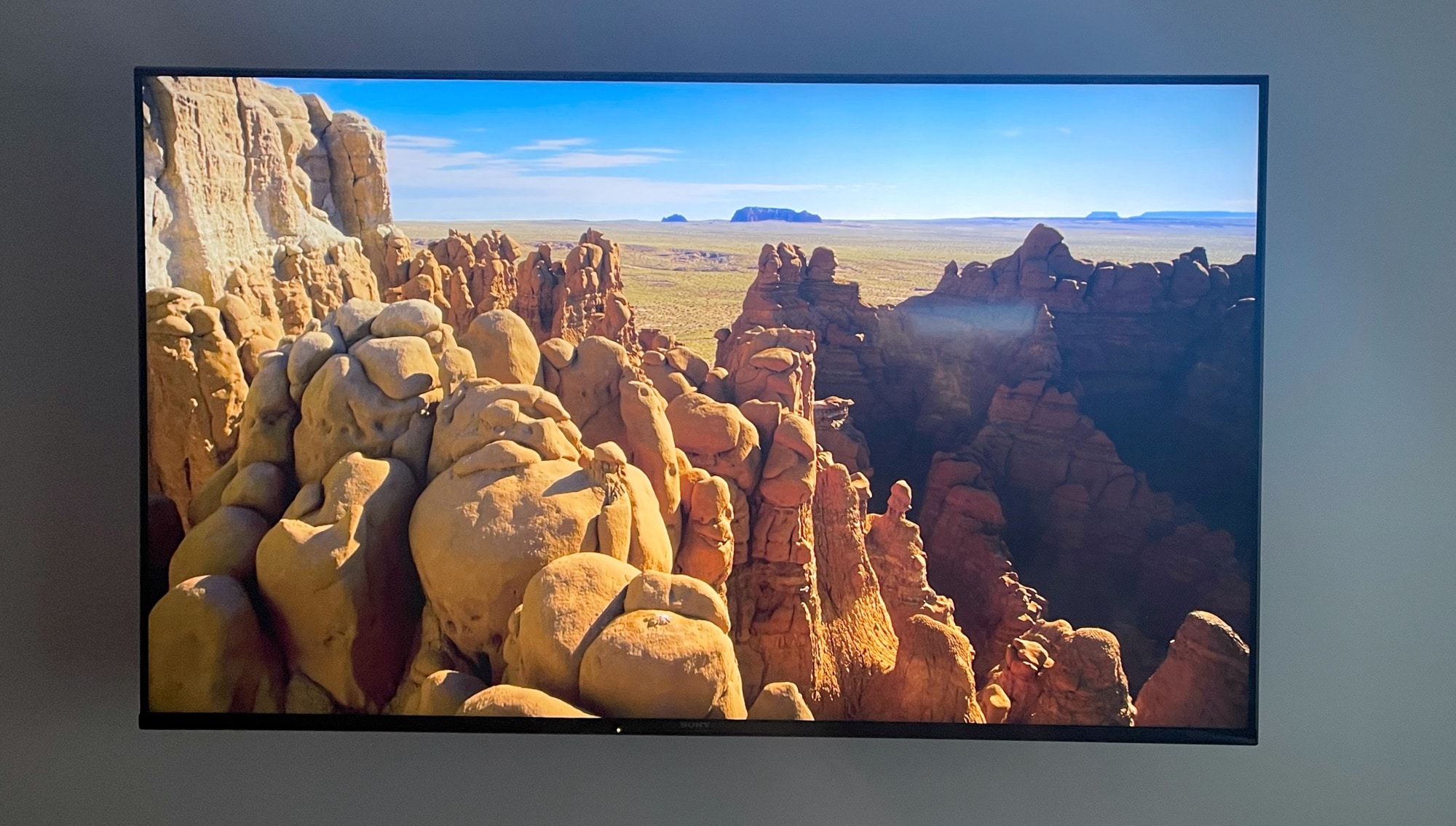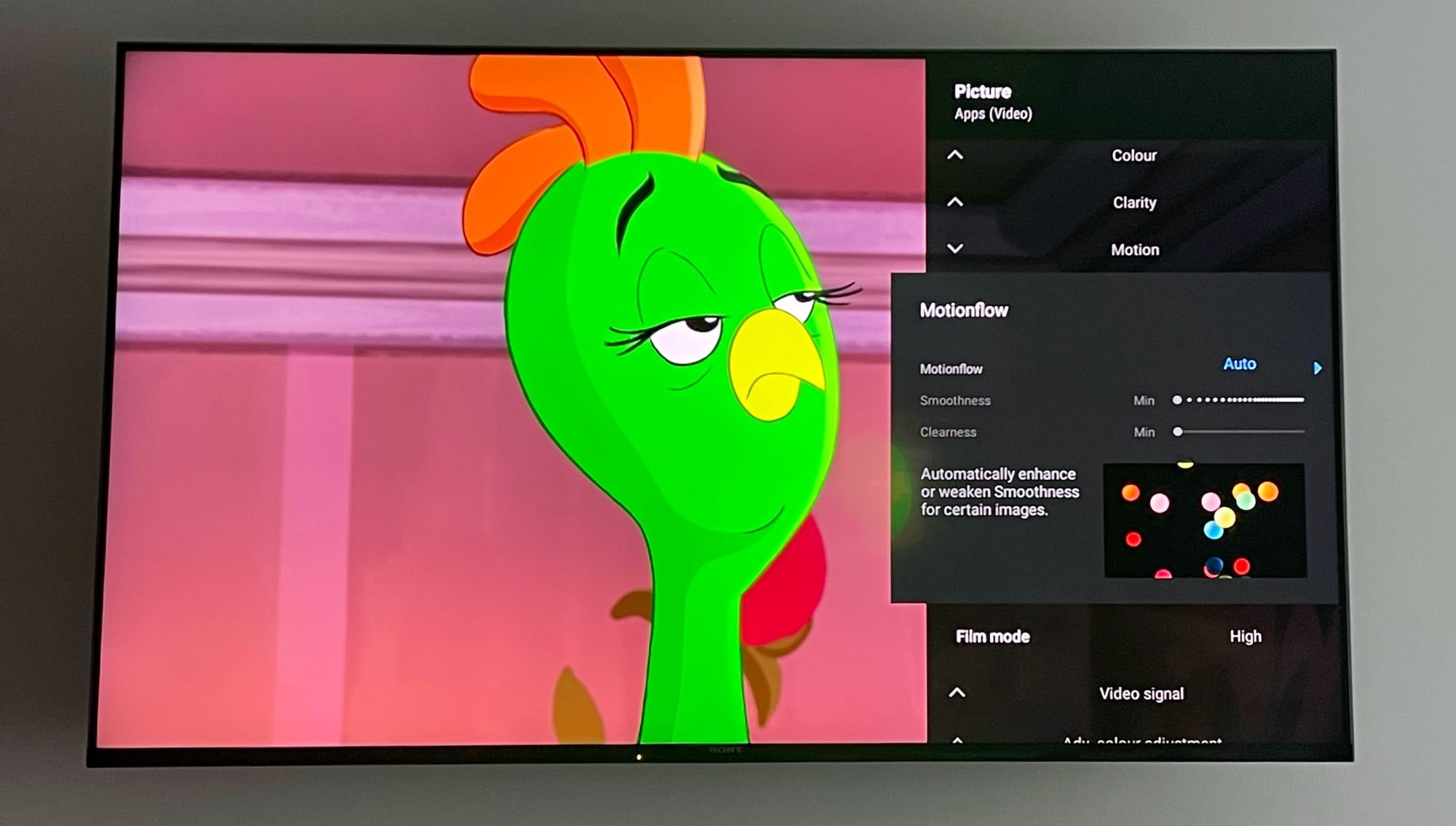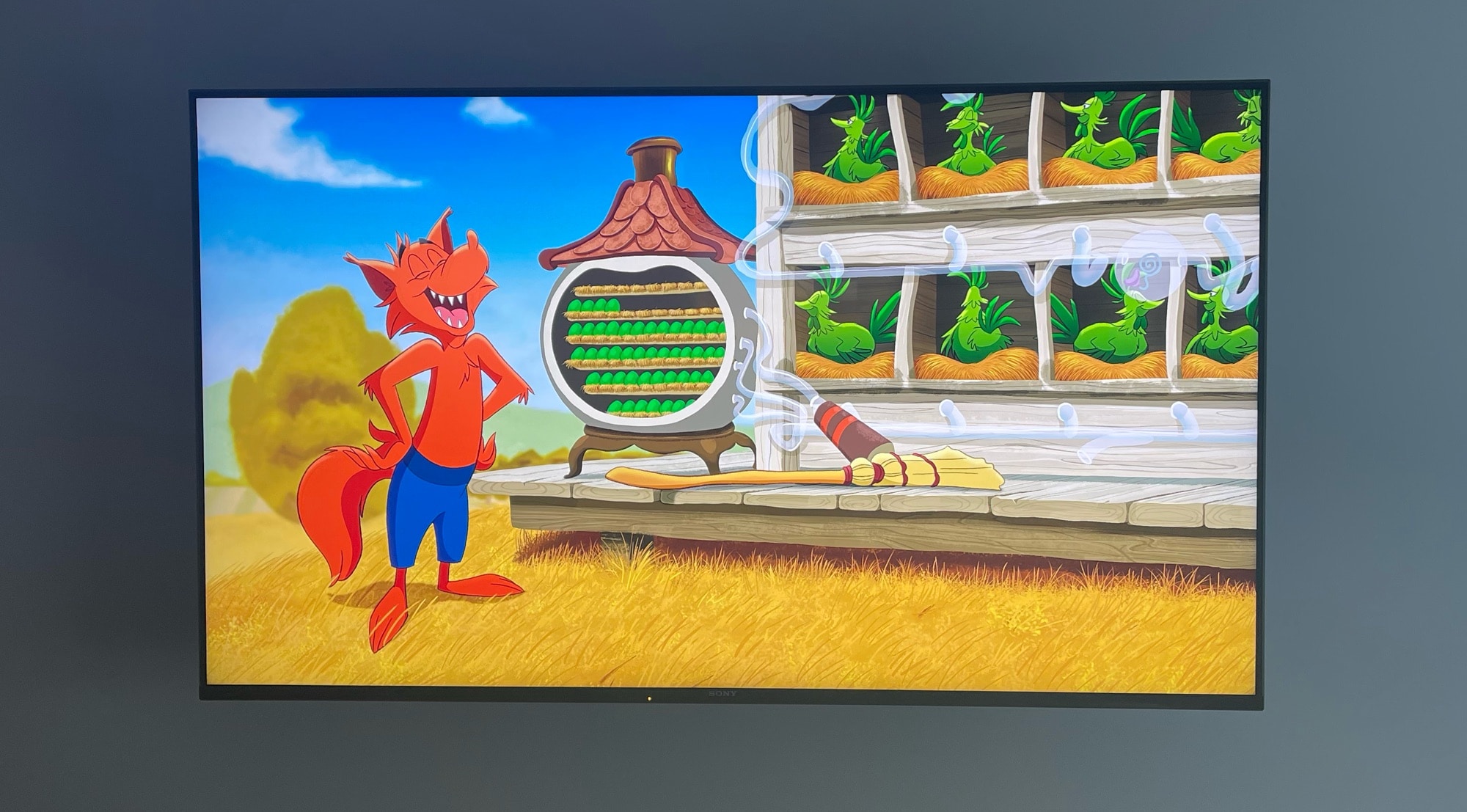Quick review
The good
The not-so-good
Not every TV is going to be an OLED, and next on our review list is the Sony Bravia X90J, bringing full array backlighting and a processor built to understand what you watch. Does it work?
Even though OLED TVs kind of sit at the very top end of the TV buying world, there’s still plenty in the ranges before that.
Don’t want to spend an arm or a leg to get a large 4K picture? You’ll find plenty this year, with options in the new Mini-LED technologies utilising lots of clusters of backlighting all working together, plus the regular LED backlit LCD TVs that use sections for a better picture.
In 2021, Sony is one of the only companies not doing a Mini-LED, possibly because it has OLED TVs that it looks really confident in. But also because it has a new processor for its regular LED backlit LCD TVs to make it handle colour and picture differently, something it calls the Bravia XR Cognitive Processor, announced earlier in the year at CES. Is that enough to make a TV brilliant, or can the tech be doing more?
We’re going to find out with one of Sony’s latest, the X90J, a TV that clearly sits in the mid-range, offering a full array LED backlighting system and that new chip for around the $2K mark in Australia.
What is it?
The latest of Sony’s 4K LED-backlit TVs, the Sony X90J is a 2021 model, sporting all the fix-ins you might expect on a new LED-backlit LCD TV.
Granted, this isn’t an OLED from the Sony A-series, nor is it one of the “Master” quality screens that aims to deliver colour spot on with what the artist envisions. This isn’t about that.
Instead, the Bravia X90J is a roughly a $2,000 TV in Australia (dealer dependent, of course), arriving in a few sizes locally, including a 50, 55, 65, and 75 inch screen.
The technology under that screen includes the Bravia XR Cognitive Processor, which aims to understand what’s happening on the screen to process it to better match what you would focus on. The idea of the processor is that it looks at what the focal points of the image would be — the areas you would look at — and processes those areas with more impetus than other parts.
In human terms, it means the Sony Bravia XR Cognitive Processor is looking at what’s in focus versus what’s not, and making sure the colour and clarity are best for those, while processing everything else without as much attention. That’s not to say the image quality will be lopsided, but rather that in the frames you’re watching — because keep in mind, images change quickly in movies and shows — the important stuff will look the best it can.
It’s a technology that’s supposed to extend to the sound, as well, with the Cognitive Processor reportedly able to work on the speakers of the TV as well, shifting the dimension of sound to where the sound is supposed to occur from. Sony has also including support for Dolby Atmos here, but through 3D surround upscaling to handle Dolby Atmos in the TV, even if it’s not technically firing Dolby Atmos around the room like physical Atmos 3D surround systems like the Sonos Arc.
For the actual XR90J TV screen itself, Sony is using its take on quantum dots, Triluminos Pro, while the LED-backlighting component of this LCD TV includes its Full Array LED backlight system to control major sections of the TV by lighting up portions of the display more specifically. Granted, it’s not quite the level of Mini-LED, which we’re seeing more manufacturers roll out this year, including even on the Apple iPad 12.9, but rather than hold the LED backlighting in edges or strips, Sony has placed blocks of them behind the picture, which should lead to decent blacks overall.
That’s married to a contrast boosting component, as well a 4K upscaling component and a motion technology, with all of it coming together under a choice of 50, 55, 65, or 75 inch displays. Minimalism is the name of the game here, with more or less a frame with slim bezels, and a light sensor to adjust the brightness of the picture to your environment.
Connections for the screen cover both the wired and wireless variety, with wired through four HDMI 2.1 connections, covering 4K120, with low latency and variable refresh rate on two of them (3 and 4), and eARC offered, as well. Two USB ports are included for plugging devices in, as is one 3.5mm headphone port and an optical audio port. A terrestrial DVB-T connection is also here as is a composite video input, handy if you’re plugging something a little more old school in. There’s also an Ethernet port on the X90J, too.
Wireless is quite varied, as well, supporting Bluetooth 4.2, 802.11a/b/g/n/ac WiFi 5, Chromecast, Apple AirPlay, and Apple HomeKit, making it handy for folks of either major mobile operating system, Android and iPhone.
The remote includes several buttons on a traditional candy bay controller with no motion control, offering dedicated buttons for YouTube, YouTube Music, Netflix, and Amazon Prime Video, with the TV using Google TV as its operating system, much like the Chromecast with Google TV.
Pickr reviewed the 55 inch Sony Bravia XR X90J in a hotel environment in Sydney, Australia. We’re noting that here, because it’s distinct from the usual home environment we do most of our TV reviews in.
What does it do?
Perhaps rather unsurprisingly, Sony’s Bravia X90J wants you to watch movies, TV shows, and play games, because it’s a 4K TV in the modern world. There’s no shortage of 4K content out there — unlike the 8K content world, which isn’t quite so easy to find — so it’s designed for the 4K content you can find across Netflix, Disney+, Stan, Amazon Prime and so on and so on.
However thanks to the upscaling tech living in the screen, it can handle older content, too, and even treat newer content with high frame rates, supporting up to 120 frames per second for new games systems. Handy if you can find one of those fabled PlayStation 5 systems, which are as rare as blood moon supermoons. Though we had one of those the week of this review, so maybe another shipment is inbound.
The design is worth noting, though, because there isn’t much of one. Rather, this is more of Sony’s minimalism in action, with slim bezels and the only majorly noticeable frame being the lip at the bottom, which is where Sony has thrown in any sensors, lights, and the obviously needed “Sony” logo.
Does it do the job?
However watching TV is largely the point of this screen, and of other TVs, so that’s what we did.
Our test wasn’t quite as exhaustive as it normally is, given the testing environment wasn’t our home, but rather a room, and a relatively short stay at that. Yet it’s enough time to tell us whether the X90J was a backlit 4K TV to rival others, so let’s dive into that.
And overall, the experience isn’t bad. In our tests, ranging from watching David Attenborough’s Planet Earth II to checking scenes in Star Wars: The Force Awakens, Frozen II, Green Eggs & Ham, and Seinfeld, we found the TV delivered a solid and balanced picture, though one that wasn’t necessarily as vivid as the OLED panels we’re used to.
Colours were strong, and blacks of the display could be heavy and pronounced, though it wasn’t always the case, with the backlighting sometimes revealing more brightness than we otherwise expected.
Likewise, in a briefing with Pickr, representatives for the company noted how the new hardware wouldn’t display the pattern effects of moire — when lines viewed together look displaced and warped — and yet we were quickly able to see that effect while watching some upscaled TV content of Seinfeld.
That makes the Sony Bravia X90J fairly normal, but not clearly as bold and exciting as the Cognitive Processor screams that it might be. It has features to deliver content colour and clarity, and that’s going to be good for most people. As such, we’d call the result in the Bravia X90J more than capable for most, though not the best we’ve seen. We need to note that we’ve not yet reviewed other 2021 TVs, and there are quite a few this year, so while Sony’s X90J can handle a nice enough picture, as to whether it’s the best of the bunch, we’re not sure.

However, even the sound handled itself well enough, though it could easily do with more bass.
While the Sony X90J TV could throw a half decent sound from the TV itself, complete with a degree of surround all from the one setup, the lows were definitely the part that was lacking. You just couldn’t find much of them on offer, with the impact from bombs dropping in Star Wars or the pronounced songs in Frozen II lacking the punch in the lows.
But they weren’t even the things that bothered us about the Bravia X90J.
What does it need?
You see Sony has made some rather bold claims with its Cognitive Processor, with the hardware reportedly able to work out when content needs the motion processed with extra frames, and when it doesn’t.
Sports typically has that motion feature switched on, so you get extra frames to smooth out fast camera motion in sports shots, but movies and TV shows don’t need that feature. Rather, when you see that switched on with a film or TV program, content looks like it’s been filmed on a cheaper camera.
Called the “Soap Opera” effect, inserting extra frames in movies and TV shows tends to cheapen the look of whatever you’re watching, provided it’s not sports, and is the first thing we switch off.
However with the latest Bravia chip, we were told Sony can automatically determine when media should be running with motion processing and without.
And yet that didn’t happen. Throughout our time during the Sony Bravia X90J review, it never managed to get the content right, and left motion processing on, cheapening our test content. Even animations came out looking a little ill, with too many frames inserts for a motion that looked odd for something artificial.
Fortunately, you can manually turn the motion technology off, which is a win in our books, but that still doesn’t change the fact that Sony’s Cognitive Processor doesn’t work the way Sony implies it does.
At this point, motion technology should be opt in, and perhaps only when sports is detected, it asks you whether you want it on. That’s not the case in the Sony X90J, and so you might want to know how to turn off those motion settings by diving into the settings screens.
We’d also love it if Sony would deliver its Acoustic Surface technology from its OLED screens to more TVs, with the Bravia X90J included there. Right now it’s not, and while the tech isn’t bad, the sound isn’t nearly as dynamic or well-balanced as Sony’s OLED options.
Finally, it would be nice to see a backlit remote here. You get one on the A-series Sony OLED TVs this year, but not on the X series. Frankly, we’re just talking about some lights behind the buttons, so this shouldn’t be a difficult request.
Is it worth your money?
Set to a recommended retail price of $1995 in Australia, and dealer priced at much the same, Sony’s full array LED backlit 4K TV is a good looking screen that lets you just be immersed in the picture, but doesn’t scream new and exciting technologies overall.
At this point in time, a $2K 55 inch 4K LED-backlit TV from Sony is competing with last year’s LG BX OLED TV and Samsung’s quantum dot Q70A from this year, both of which feel like they kind of have Sony’s screen nailed in specs. Even Sony has a 2020-range A8H OLED for around $800 more, which seems like a better value overall, as OLED offers proper blacks with a better panel, rather than an array of LED backlighting.
We’re not sure if Sony has set the price all that well here, but suspect if you saw the X90J for closer to the $1500 or $1600 mark that’s t would make more sense.
Yay or nay?
Arriving as a sort of a mid-range option, the Sony X90J isn’t a bad TV by any stretch of the imagination, offering plenty of features for viewers, but missing out on some of the premium tech Sony offers in its screens, as well.
Sony’s Cognitive Processor isn’t quite the thing Sony is talking it up to be, however, and the hardware still needs a little work. It does a nice job with the picture and delivers great outcomes in content look and feel, but some of the other extras it’s supposed to handle, such as content understanding for motion, well that’s not quite doing the same thing.
But if you’re looking for a screen that looks good enough for the price, the Sony X90J definitely gets you there. We just think it could be a little more economical, and might even deliver that if you shop around.
